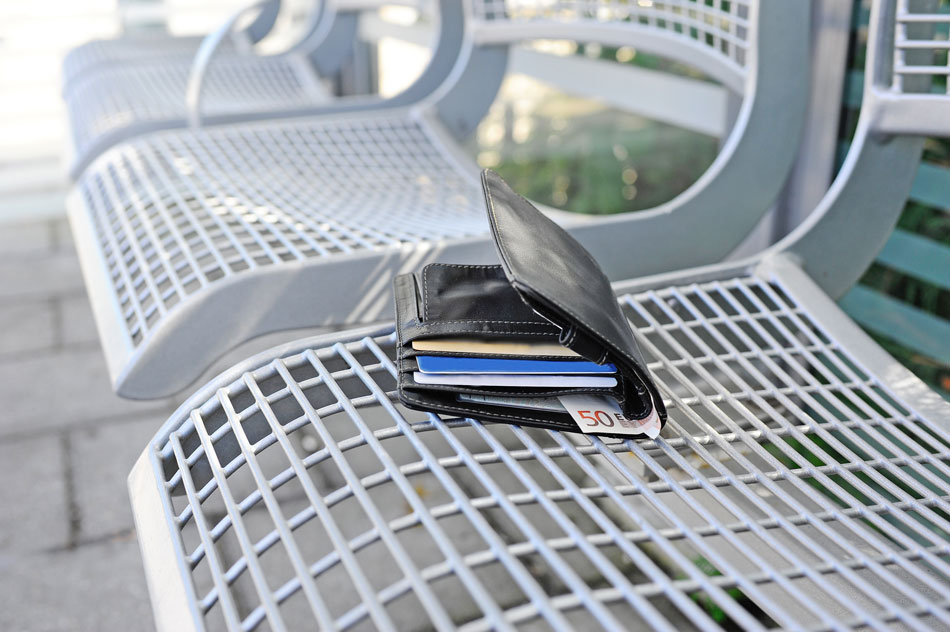
Losing an important item can be nerve wracking. Be it a practical, sentimental, or financially valuable item, you want to see it back in its rightful place. The segula of Rabbi Meir Baal Haness for finding lost or stolen items has helped scores of people restore their lost items throughout the ages.
How the Segula Began
The history of the segula began as far back as the time of the Roman Empire. This was around the time when the Jews were under the strict rulership of the Romans. During these times, the Romans strictly prohibited the study and teaching of the Torah, and foretold grave repercussions for those who would break the law. Rabbi Meir Baal Haness, however, remained strong in his resolve to continue passing on the mesora by teaching the Jewish people the Torah. He did this despite knowing how grave the danger was for those who would be caught by the Romans.
Rabbi Meir Baal Haness spent much of his life a hunted man, on the run from the Romans. This meant years of exile for Rabbi Meir Baal Haness, but he never wavered in his resolve to teach Torah.
In one daring escapade, Rabbi Meir Baal Haness rescued his sister-in-law from a brothel, where she had been taken captive. Rabbi Meir Baal Haness was captured and nearly executed at the time, but he persuaded the guard under whose watch he was to let him go. At the same time, he told the guard that if he would be caught and sentenced for punishment due to helping Rabbi Meir Baal Haness escape with his sister-in-law, he could invoke the name Rabbi Meir Baal Haness and he would merit seeing a miracle.
Rabbi Meir Baal Haness thereafter became known as a miracle worker, and to this day people invoke the merit of his name when they want to find salvation for a difficulty. Rabbi Meir Baal Haness is also known to intercede for people in Shamayim if they give charity in his merit, and pray for their salvation.
Hashavas Aveida
The mitzvah of returning lost objects is an important commandment in the Torah. Simply put, it is part of the Jewish teaching to return lost items that you find to its rightful owner.
Normally, when you lose an object or item in your possession, you would look for it yourself. You might retrace your steps in an effort to determine where you might have lost the object in question. However, that often isn’t enough and you may need to take more action.
Tefillah for Finding Lost Objects
Tefillah is a Hebrew word that literally means “prayer” and it plays a large role in the daily lives of Jews. Nearly every aspect of the daily life of a Jew involves prayer, and it is practiced multiple times a day. There are specific Jewish prayers for every purpose or major event in a Jew’s life such as waking up in the morning, blessings before and after eating, formal prayers, prayers for the sick, etc.
Teffilah is about connecting to your Creator, praising Him, and asking Him for Divine Intervention in major life events, as well as in mundane activities. By praying, you’re continuing the timeless legacy of continuous tefillah with the Ribbono Shel Olam.
If you lose any object of value, give charity, and recite Amar Reb Binyamin, the tefillah for finding lost objects, you will invoke the merit of Rabbi Meir Baal Haness, and he will intercede in Heaven on your behalf.
What is A Segula?
The concept of a segula is well known to Jews of all stripes. Its literal translation is “treasure” or that which is considered of high value. The powerful segula for finding a lost item is one example of a segula that has helped countless people.
If you are seeking a lost or stolen object, the tefillah of Amar Reb Binyamin as a segula for finding your lost item
How to Get Started
Have you lost something? It is important to pause and pray while invoking Rabbi Meir to help you in finding that lost item. Use your pushka or any of your extra funds to give to the poor in Israel.


